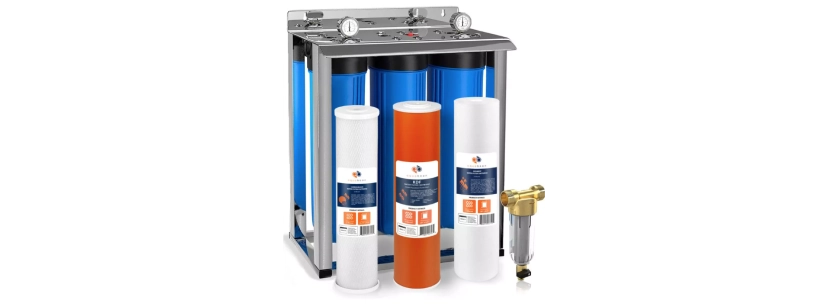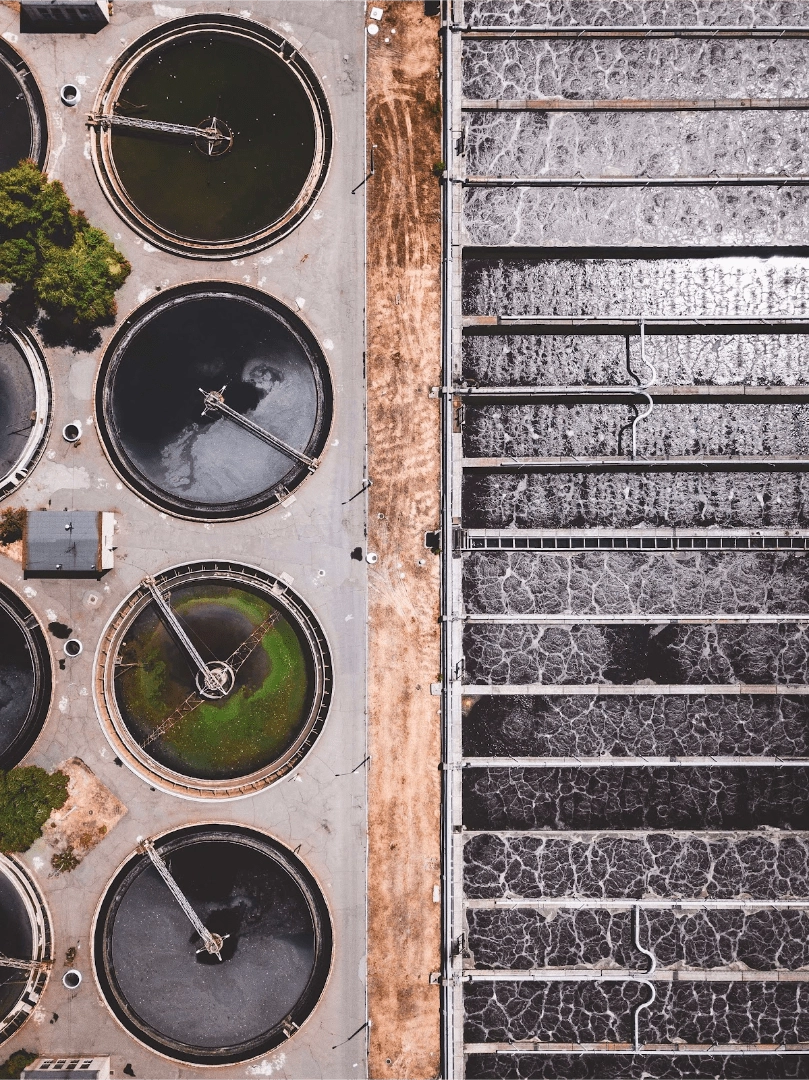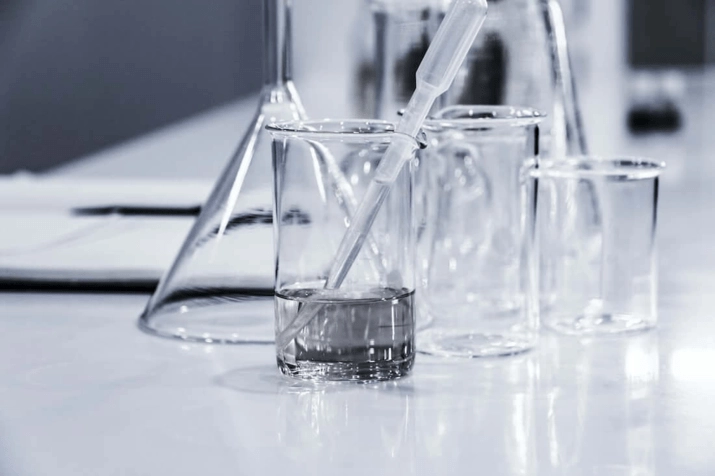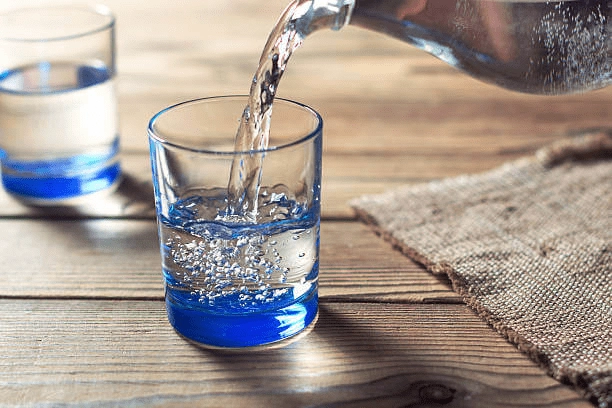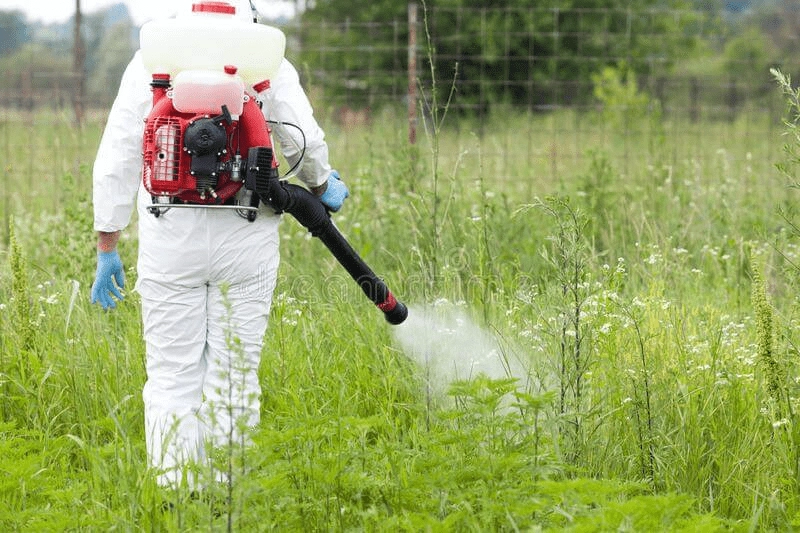Over 260,000 people in America experience E.Coli infections yearly, most of which are caused by eating poorly cooked foods, raw milk, or drinking contaminated water.
Escherichia coli, or E. coli, is a coliform bacteria found in human or animal intestines. The presence of this microorganism in drinking water is a clear sign of recent sewage contamination and an indication that it’s time to get a water filter for E.Coli. Also, recent snow melts, heavy rainfalls, or other forms of precipitation can easily wash the bacteria from the environment into creeks, rivers, lakes, etc.
If these bodies are the source of drinking water in an area, many people will become exposed to contamination and experience adverse health issues if they do not have E.Coli water filters.

